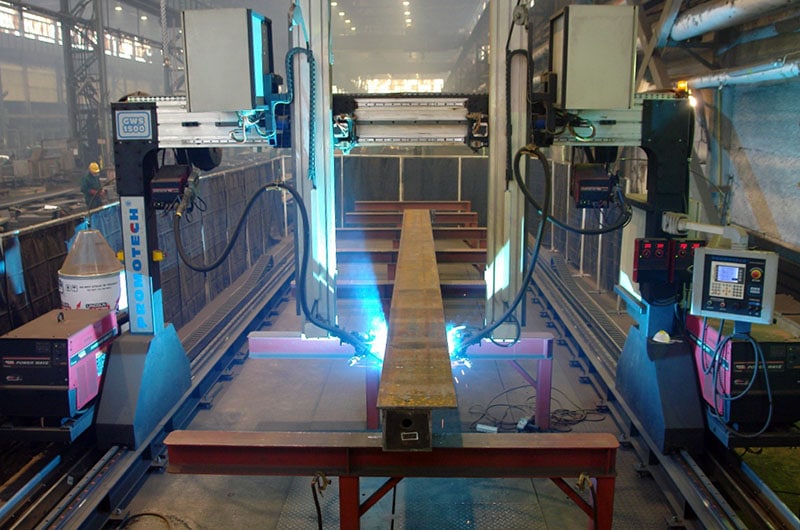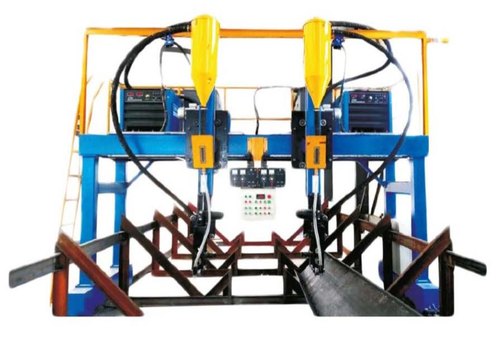
The additional axis of motion: If your torch has a 6-axis facility, mounting the same bot on the gantry can multiply the possibilities with additional 3 axes. This is because the rails make the linear reach higher and the rotational motion broadens that linear reach. The workpiece does not need to be moved a lot, which saves a lot of time. This linear motion comes both vertically and horizontally. So, the possibilities of reaching the joints are very high even for a 3-axis robot. Aside from this standard benefit, some systems have the capacity to accommodate an additional axis. This means that the same system can be enhanced to exponential possibilities with few additions. Additional motion features can cut the production time by almost half in stressful multi-joint production lines.

The additional axis of motion: If your torch has a 6-axis facility, mounting the same bot on the gantry can multiply the possibilities with additional 3 axes. This is because the rails make the linear reach higher and the rotational motion broadens that linear reach. The workpiece does not need to be moved a lot, which saves a lot of time. This linear motion comes both vertically and horizontally. So, the possibilities of reaching the joints are very high even for a 3-axis robot. Aside from this standard benefit, some systems have the capacity to accommodate an additional axis. This means that the same system can be enhanced to exponential possibilities with few additions. Additional motion features can cut the production time by almost half in stressful multi-joint production lines.
Controller: Software compatibility, centralized control, and coordinated execution define a seamless gantry process. You can get external control hardware to control the different robots and their periphery or you can get the robots with flexible controls. Centralizing the controls is essential as the inter-communication between these machines improves. This control unit coordinates with the external axes along with its own axis throughout its entire life-cycle.
Safety devices: The first safety measure comes with the robot itself. It should be safe for manual intervention. (See how humans can smoothly edit torch position errors https://www.youtube.com/watch?v=Sw3wEChRJBk.) Then come the devices and controllers that can detect faults in the equipment. A single unit coordinating the gantry robot as well as the robotic arm is more prompt in reducing hazards. Lastly, a fume aspiration and ventilation system should not be compromised. The ducts, hoods, and spot extractions should be functional at all times and integrated into the gantry robot.

Large operation area: This feature is subjective to the size of the workpiece. Small pieces can make do with short rails but larger pieces such as beams and frames need a gantry system with enough room. Interpolated tilting can further improve operational accessibility.
Application simulation: As the robotic arm’s operation simulation is important to make things go as planned, so is with the gantry robot. The software can combine different parts of manufacturing and project the operation queue. The software, the arm, and the gantry should be compatible with application simulation.
Movable tailstock: A movable tailstock saves time in the torch movement and reduces stress on the arm’s swing and on the positioner.
